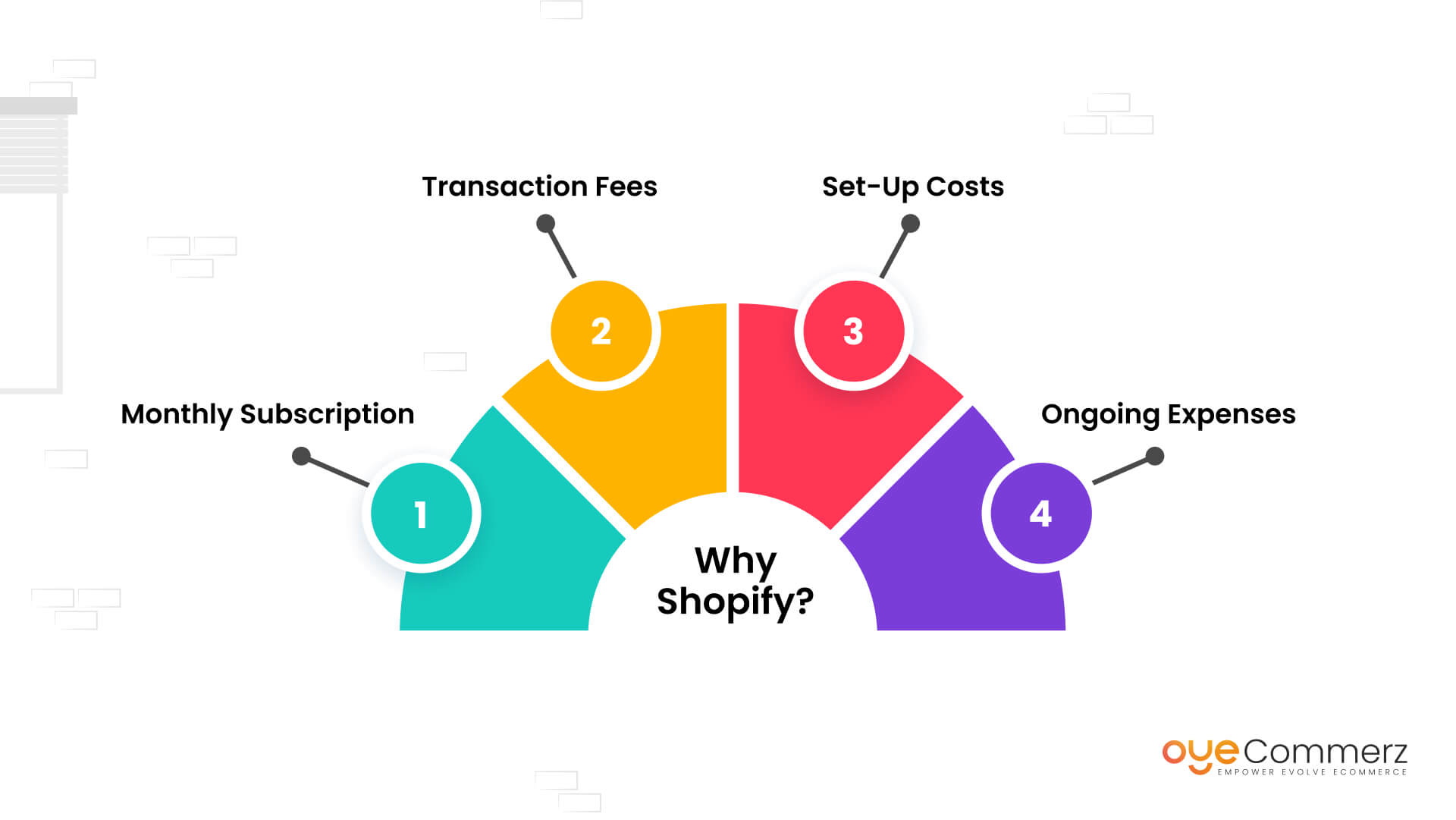Shifting from WP to Shopify is an exciting step toward streamlining your e-commerce processes. As companies expand, selecting a platform that aligns with scalability, user experience, and flexibility is essential. Shopify is widely recognized as a favorite for e-commerce professionals, providing unmatched flexibility, data protection, and ease of use. In this guide, we’ll explore why this migration is a game-changer, highlight the benefits, and share actionable steps to facilitate a smooth transition.
1. Top Reasons to Transition from WP to Shopify
WordPress, paired with WooCommerce, has served countless e-commerce platforms. However, as businesses scale, challenges like plugin dependency, security vulnerabilities, and complex setups can hinder growth. Shopify, specifically created for e-commerce, addresses these issues with an all-in-one, user-friendly platform. Statistics back this shift—Shopify hosts over 4.4 million websites worldwide, with a reported 10% boost to sales conversion rates for numerous merchants post-switch.
2. Shopify's Advantages for Thriving Online Stores
Shopify’s powerful platform is tailored for scaling businesses. Its notable benefits are:
- Seamless Customization: Shopify offers over 80 professionally designed themes.
- Integrated Tools: Features like Shopify Payments and built-in SEO streamline operations.
- International Expansion: Multi-currency support and regional customization enable brands to expand internationally.
Additionally, Shopify boasts an uptime rate of 99.98%, ensuring your store is always operational.
3. Preparing for WordPress to Shopify Migration
Prior to starting the migration process, assess your current store. Analyze inventory details, client information, and SEO performance. Tools like Shopify’s Migration Kit or third-party solutions help ease the transition. Develop a detailed strategy, ensuring all resources—product descriptions, images, and articles—are ready for seamless import.
4. The Importance of Accurate Data Migration
Data migration forms the foundation for a successful platform switch. When migrating from WordPress to Shopify, focus on:
- Inventory Details: SKU, descriptions, and groupings.
- Customer Data: Emails, purchase records, and custom fields.
- Search Engine Considerations: Retain meta tags, URLs, and redirects to maintain search rankings.
Leverage apps like LitExtension to streamline data transfer while reducing mistakes.
5. Customizing Your Shopify Store
After the move, customizing your Shopify store ensures it reflects your brand. Take advantage of Shopify’s drag-and-drop editor to design pages effortlessly. Shopify's templates are mobile-responsive, ensuring a seamless UX across devices—a critical factor, since 74% of online shopping is generated by mobile visitors.
6. Maintaining SEO During Migration
Search engine optimization is crucial for maintaining your online presence during migration. Shopify is highly optimized for search engines with clean URL structures, Shopify vs WooCommerce pros and cons built-in optimization tools, and smooth content management. Ensure:
- Implement 301 redirects for old URLs.
- Optimize new pages with targeted phrases.
- Use Shopify's apps Plug in SEO to monitor performance post-migration.
7. Essential Tests After Migrating to Shopify
Once the migration is complete, conduct thorough testing.
Check: - Page load times (Shopify delivers faster speeds compared to WordPress).
- Functionality of Shopify CMS migration payment gateways and checkout processes.
- Adaptability across devices.
Quality assurance guarantees your store delivers a smooth shopping experience from the start.
8. Real-Life Success Story
An example of effective platform switching is Gymshark, a fitness apparel brand that moved to Shopify. Post-migration, the company saw a 60% increase in mobile sales and reduced site downtime. This highlights the potential of Shopify in driving online business success.
9. Overcoming Common Migration Issues
Migration is not without obstacles, such as information accuracy and reconfiguring custom functionalities. However, Shopify’s extensive assistance and external professionals simplify the process. Collaborating with qualified Shopify developers helps guarantee a smooth transition.
10. Starting Your Journey with Shopify
Migrating from WordPress to Shopify represents a forward-thinking approach to online retail. By addressing scalability, streamlining operations, and improving buyer satisfaction, Shopify empowers businesses to thrive in competitive markets.
Final Thoughts
Transitioning from WP to Shopify offers a smart solution that can significantly boost your online business performance. With a well-structured strategy, the right tools, and professional guidance, you can achieve new success milestones.
Ready to make the leap? Let’s discuss how our Shopify migration services can transform your online store. Contact us now, or consider: Can your business afford to miss out on Shopify’s growth potential?
